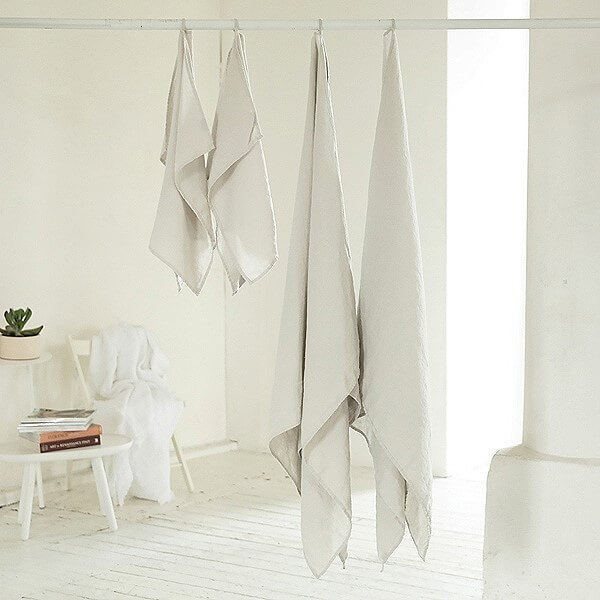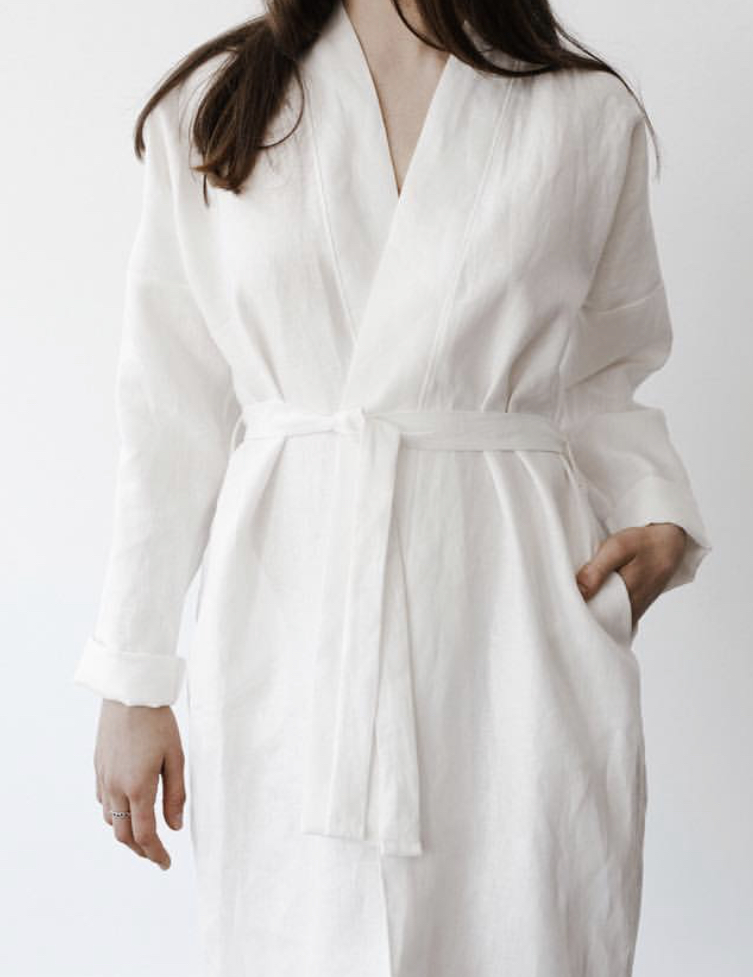HOW TO WASH LINEN
Apr . 23, 2024 17:08 Back to list
HOW TO WASH LINEN
HOW TO WASH LINEN

At LinenMe we want to help you properly care for your linen clothes and home textiles, and we provide full care instructions with all our products. But you may have purchased items made from linen fabric from elsewhere, or have more questions about washing vintage linen items, or washing hand-embroidered table linens.
Linen is one of the oldest and most loved fabric for clothing and homewares. It's natural, durable and always in style, and with the right care will keep on looking beautiful for generations.
This post will show you how to get the best from this amazing fabric, with some handy hints on how to wash linen and tips on the best way to dry your linen bedding, clothes and other textiles.

WASHING LINEN: THE LOWDOWN
Regular washing is actually good for pure linen, softening and beautifying it, and giving it a lovely ‘lived-in’ look. This means hardworking items like your linen bedding will keep getting better with every wash. So you can enjoy relaxed linens like these every day instead of keeping them for 'best'.
Linen fabric resists dirt more easily than other textiles, and if rinsed thoroughly it comes up just as new every time. To make sure you get great results, it's important to start with good quality linen in the first place. This ensures the fabric can withstand normal wear and washing - poorer quality linen can wear thin.
It's also worth noting that the fibers in linen may shrink on first wash. At LinenMe we pre-wash our linen to minimise shrinkage, but check your clothing and textiles' care instructions and labels. If the linen fabric hasn't been pre-washed it may shrink when you first wash it.

TIPS ON HOW TO WASH YOUR LINEN:
Before you start
- Before washing linen always separate dark, coloured linens from white or off-white linens.
- You can use stain remover on stains before laundering, but avoid using bleach since it weakens the fibres and may affect the colour of dyed linens.
- Use mild detergent – bleaching particles in conventional washing powder and liquid can make natural linen colours fade.
-
Hot Custom Wholesale Simple Country Embroidered Linen Runner

- Try to rinse or soak any stains immediately, when still fresh, and use natural stain soaps if needed. Cover red wine stains with sugar or salt instantly to avoid permanent staining. This will absorb the moisture from the spill. Wipe the sugar off the tablecloth or clothing straight away and it should take the worst of the wine stain with it. Baking soda and white vinegar are also useful treatments for stains.
- Linen clothing, table linens and bedlinens normally do not need soaking. However, if you are washing a linen fabric item for the first time, you can soak it briefly in lukewarm water before the wash to avoid creasing.

Machine washing versus hand washing
- Most linens can be washed in a conventional washing machine, unless they are marked for hand washing or dry cleaning only. Vintage or heavily embroidered linens should be hand washed in cold water with a gentle detergent suitable for delicate items.
- Fine hand-hemstitched items, require extra care. If washed in a washing machine, we recommend using a low temperature and low-spin setting.
- Dry cleaning can be a good idea for delicate textiles.
- White pure linen items without special finishes, such as hemstitched borders, can be laundered in hot water at temperatures of up to 95°C. We normally recommend using a 60°C setting, as higher temperatures tend to wear linen out faster.
- For coloured linens, use lukewarm water and a mild detergent. If in doubt, use the gentle cycle on your machine.
- Wash linen articles separately from other materials, especially during the first wash, as natural fibres tend to lose lint (or ‘nap’), which you don’t want to end up on your other items.
- To reduce creasing, load your washing machine only to half capacity. This will also ensure linens get plenty of water while rinsing.

HOW TO DRY LINEN
- Because linen is so quick to dry there's usually no need to tumble dry. Simply straighten out the item and air dry outdoors or inside on a drying rack for soft, supple linens. Tumble drying can leave permanent creasing and will shorten the lifespan of your garment. It also increases shrinkage from around 4-5% if dried naturally to 10-15% if spun in a hot tumble dryer.
- Never tumble dry fine hemstitched linens.
- Full sunlight will help keep whites sparkling bright, but will fade darker colours.
- While we love linen's natural wrinklesse a hot iron while the linens are still slightly damp if you want to press your linens.
- Linen has a distinctive crispness which you should be able to achieve with a hot iron – no need to use starch. However, if you really want extra stiffness, table linens can be starched after a wash to achieve that extra crisp finish.
-
The Versatility and Sustainability of Hemp Fabric
NewsAug.15,2025
-
The Luxury and Sustainability of Bamboo Towels
NewsAug.15,2025
-
The Comfort Bamboo Blankets
NewsAug.15,2025
-
Experience the Unmatched Elegance of Silk
NewsAug.15,2025
-
Elevate Your Comfort with Bamboo Cotton Fabric
NewsAug.15,2025
-
Boost Your Projects with Premium Cotton Fabric
NewsAug.15,2025
